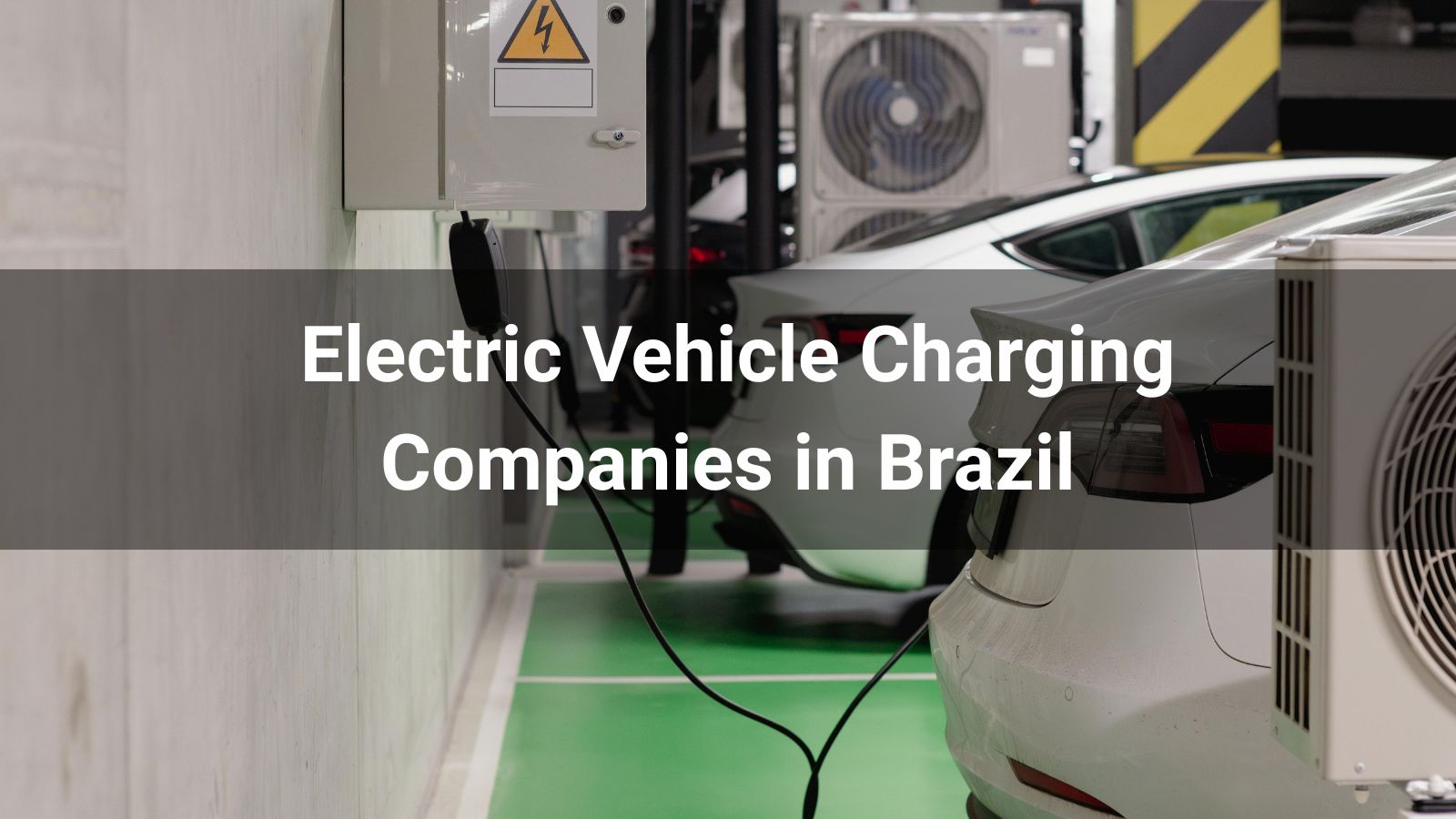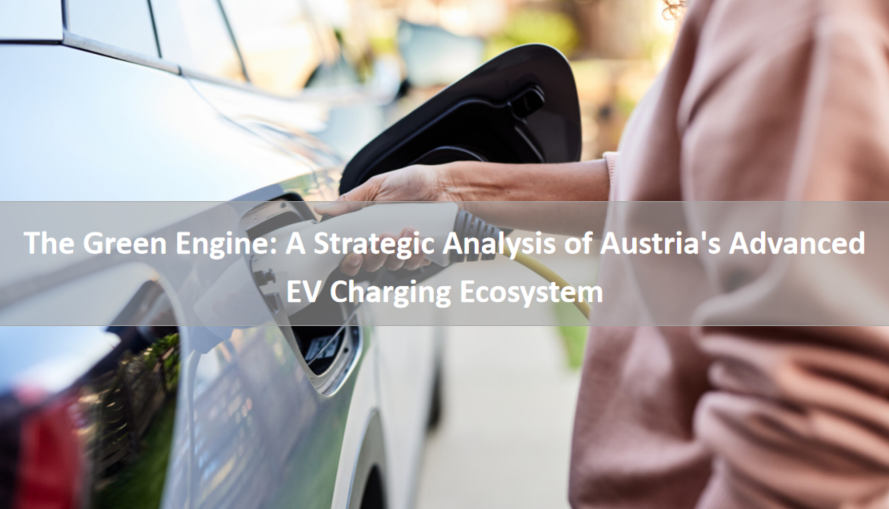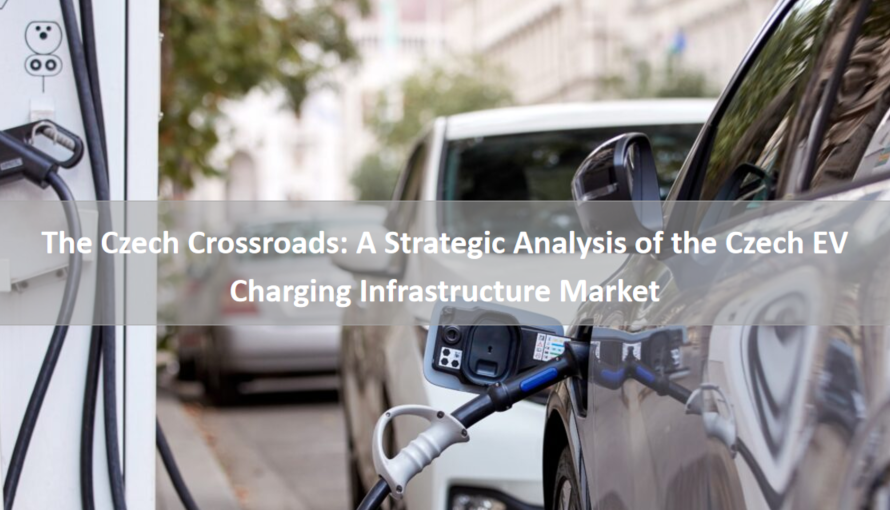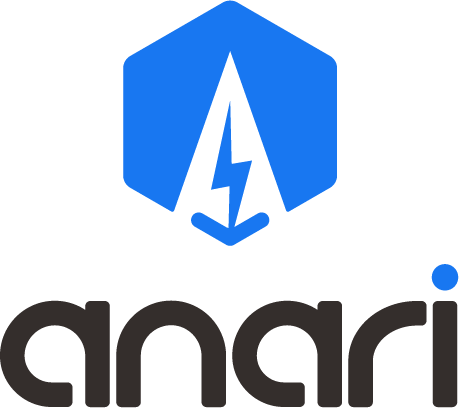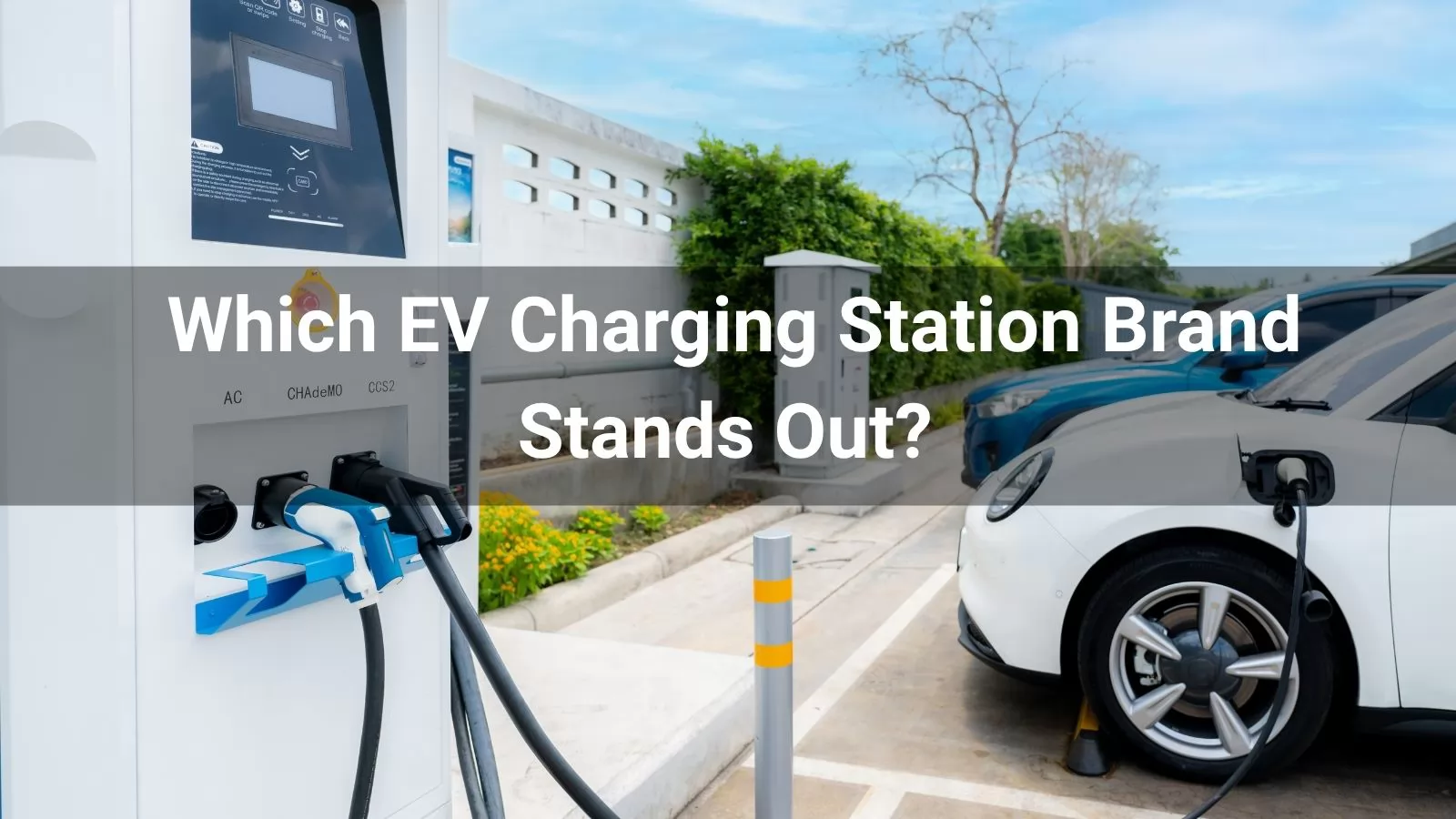
As electric vehicle (EV) adoption surges globally, the demand for reliable, efficient, and scalable charging infrastructure is at an all-time high. For operators, installers, and distributors/dealers, selecting the right EV charging station equipment is critical to ensuring operational success, customer satisfaction, and long-term profitability. With a crowded market featuring brands like ChargePoint, Electrify America, and Anari Energy, navigating the options can be daunting. This guide explores the advantages and disadvantages of leading EV charging station products, addresses the key concerns of operators, installers, and distributors, and highlights why multi-standard DC chargers, such as Anari Energy’s Vulco DC Series, are shaping the future of electromobility.
The global EV charging market is projected to grow from USD 30.63 billion in 2025 to USD 257.33 billion by 2032, at a CAGR of 35.5%. With this growth, operators, installers, and distributors face unique challenges and priorities when selecting equipment. Key considerations include compatibility, reliability, cost, maintenance, and scalability. Multi-standard DC chargers, capable of supporting protocols like CCS2, CHAdeMO, and NACS/J3400, are increasingly vital for flexibility across diverse EV models.
ChargePoint: The world’s largest EV charging network, known for its extensive OCPP-compliant network and user-friendly app.
Electrify America: A leader in U.S. fast charging, offering hyper-fast DC chargers backed by renewable energy.
EVgo: Focuses on high-traffic locations with reliable DC fast chargers.
Blink Charging: Offers turnkey solutions with strong customer support and maintenance services.
Anari Energy: A rising Chinese innovator with the Vulco DC Series, emphasizing multi-standard compatibility and cost-effective scalability.
Extensive Network: Operates the largest global EV charging network, ensuring widespread accessibility and brand recognition.
OCPP Compliance: Uses Open Charge Point Protocol (OCPP) 1.6 or higher, allowing seamless network switching without equipment upgrades.
User-Friendly App: The top-rated ChargePoint app supports Apple CarPlay and Android Auto, enhancing driver experience.
High Costs: Equipment and installation costs range from USD 3,000 to USD 20,000 per unit, which can deter smaller operators.
Complex Maintenance: Requires regular firmware updates and network management, increasing operational overhead.
Hyper-Fast Charging: Offers DC chargers up to 350 kW, ideal for high-traffic corridors and quick turnovers.
Renewable Energy: Backed by 100% renewable energy via certificates, appealing to sustainability-focused operators.
Reliable Support: 24/7 customer support and a mobile app for easy session management.
Limited Coverage: Focused primarily on the U.S., which may limit appeal for global distributors.
High Installation Costs: DC fast chargers can cost hundreds of thousands to install, prohibitive for small-scale projects.
High-Traffic Focus: Designed for rest stops and commercial areas, ensuring high utilization rates.
Scalability: Offers flexible solutions for fleet and public charging, with robust network integration.
Connector Limitations: Primarily supports CCS and CHAdeMO, with less focus on emerging standards like NACS/J3400.
Network Dependency: Requires strong internet connectivity for networked chargers, challenging in remote areas.
Turnkey Solutions: Provides comprehensive services, including installation, maintenance, and 24/7 support.
Cost Savings: Focuses on reducing energy costs for fleet operators, enhancing ROI.
Lower Power Options: Limited to lower-power DC chargers (up to 150 kW), less competitive for ultra-fast applications.
Brand Recognition: Less prominent than ChargePoint or Electrify America, potentially impacting driver trust.
Multi-Standard Compatibility: Supports CCS2, CHAdeMO, and NACS/J3400, ensuring compatibility with a wide range of EVs, including emerging models adopting Tesla’s J3400 connector.
Cost-Effective: Priced competitively (USD 2,500–USD 15,000 per unit), with modular designs reducing installation and maintenance costs.
Energy Efficiency: ENERGY STAR-certified, saving up to 1.5 MWh/year for a 50 kW DC charger, equivalent to USD 1,650 over its lifetime.
Smart Features: Integrates IoT-enabled remote management and V2G capabilities, optimizing grid usage and creating revenue streams.
Emerging Brand: Less established than ChargePoint or Electrify America, requiring stronger marketing to build trust.
Regional Focus: Primarily focused on Asian and African markets, with limited U.S. presence, which may affect global distributors.
Reliability and Uptime: Operators prioritize equipment with minimal downtime to ensure driver satisfaction and revenue. ChargePoint and Electrify America excel here due to robust networks and support.
Cost Management: High electricity tariffs and demand charges can erode profits. ENERGY STAR-certified chargers, like Anari’s Vulco DC Series, reduce standby energy use by 40%.
User Experience: Drivers demand seamless payment and connectivity. ChargePoint’s app and Anari’s IoT integration address this effectively.
Choose OCPP-compliant chargers to avoid vendor lock-in.
Opt for multi-standard DC chargers, like the Vulco DC Series, to support diverse EV models and future-proof operations.
Leverage federal incentives, such as the U.S. 30% tax credit (up to USD 100,000 per unit), to offset costs.
Installation Complexity: DC fast chargers require three-phase AC input and significant electrical upgrades, costing USD 3,000–USD 20,000 per unit.
Compliance and Safety: Installations must meet National Electric Code (NEC) Article 625 and ADA accessibility standards.
Scalability: Installers need modular equipment for multi-station projects. Anari’s Vulco DC Series offers plug-and-play modularity, simplifying deployment.
Partner with certified installers like Qmerit, which ensures NEC compliance and handles permits.
Select equipment with pre-commissioned software, such as Anari’s AmpUp integration, to streamline commissioning.
Prioritize outdoor-rated chargers with Type 3 enclosure protection for durability.
Market Demand: Distributors seek brands with strong consumer recognition and compatibility with emerging standards like NACS/J3400, adopted by manufacturers like Tesla and others by 2025.
Profit Margins: Competitive pricing and low maintenance costs are critical. Anari’s Vulco DC Series offers attractive margins due to its cost-effective design.
Supply Chain Reliability: Global supply chain disruptions, as noted in posts on X, impact equipment availability, favoring brands with strong manufacturing capabilities like Anari Energy.
Stock multi-standard DC chargers to cater to diverse markets, ensuring compatibility with CCS2, CHAdeMO, and NACS/J3400.
Partner with manufacturers offering comprehensive support, such as Blink or Anari, to reduce after-sales service costs.
Leverage regional incentives, such as the U.S. NEVI Formula Program, to drive demand.
Prioritize multi-standard DC chargers supporting CCS2, CHAdeMO, and NACS/J3400 to accommodate diverse EV models. Anari’s Vulco DC Series exemplifies this with its universal compatibility.
Ensure OCPP 1.6 or higher compliance to avoid vendor lock-in and enable network flexibility.
Consider equipment costs (USD 600–USD 12,700 per unit) and installation expenses (USD 3,000–USD 20,000).
Leverage incentives like the U.S. 30% federal tax credit or NEVI funding (up to 80% of project costs) to improve ROI.
Choose energy-efficient chargers, like Anari’s ENERGY STAR-certified Vulco DC Series, to reduce operational costs.
Select brands with robust support, such as Blink’s 24/7 services or Anari’s remote diagnostics, to minimize downtime.
Regular maintenance, including cleaning connectors and software updates, is critical to ensure longevity.
Comply with ADA standards, ensuring chargers are accessible with 11x20-foot spaces and lightweight cables (max 5 pounds of force).
Use certified installers to meet NEC Article 625 and local codes, reducing risks of electrical fires.
Opt for modular designs, like Anari’s Vulco DC Series, to simplify multi-station deployments and future upgrades.
Use Dynamic Load Management (DLM) to prevent grid overload, especially for large installations.
Anari Energy, a Chinese innovator in EV charging solutions, offers the Vulco DC Series, designed to address the needs of operators, installers, and distributors:
Multi-Standard Versatility: Supports CCS2, CHAdeMO, and NACS/J3400, ensuring compatibility with current and future EV models, including Tesla and emerging adopters.
Cost-Effective Design: Priced at USD 2,500–USD 15,000, with modular components reducing installation and maintenance costs.
Energy Efficiency: ENERGY STAR-certified, saving up to USD 1,650 over the charger’s lifetime, ideal for cost-conscious operators.
Smart Technology: IoT-enabled remote management and V2G capabilities optimize grid usage and create revenue opportunities.
Global Scalability: Backed by Anari’s robust supply chain, ensuring reliable delivery for distributors across Asia, Africa, and beyond.
For inquiries about the Vulco DC Series, visit www.anariev.com to connect with our team and explore tailored solutions for your EV charging needs.
Choosing the right EV charging station equipment requires balancing compatibility, cost, reliability, and scalability. Leading brands like ChargePoint, Electrify America, EVgo, Blink, and Anari Energy offer diverse solutions, each with unique strengths. Operators should prioritize OCPP compliance and user experience, installers need modular and safe equipment, and distributors seek high-margin, compatible products. Anari Energy’s Vulco DC Series stands out for its multi-standard compatibility, cost-effectiveness, and smart features, making it an ideal choice for businesses aiming to lead in the electromobility revolution. Contact Anari Energy today at www.anariev.com to unlock the future of EV charging.
Read more:

